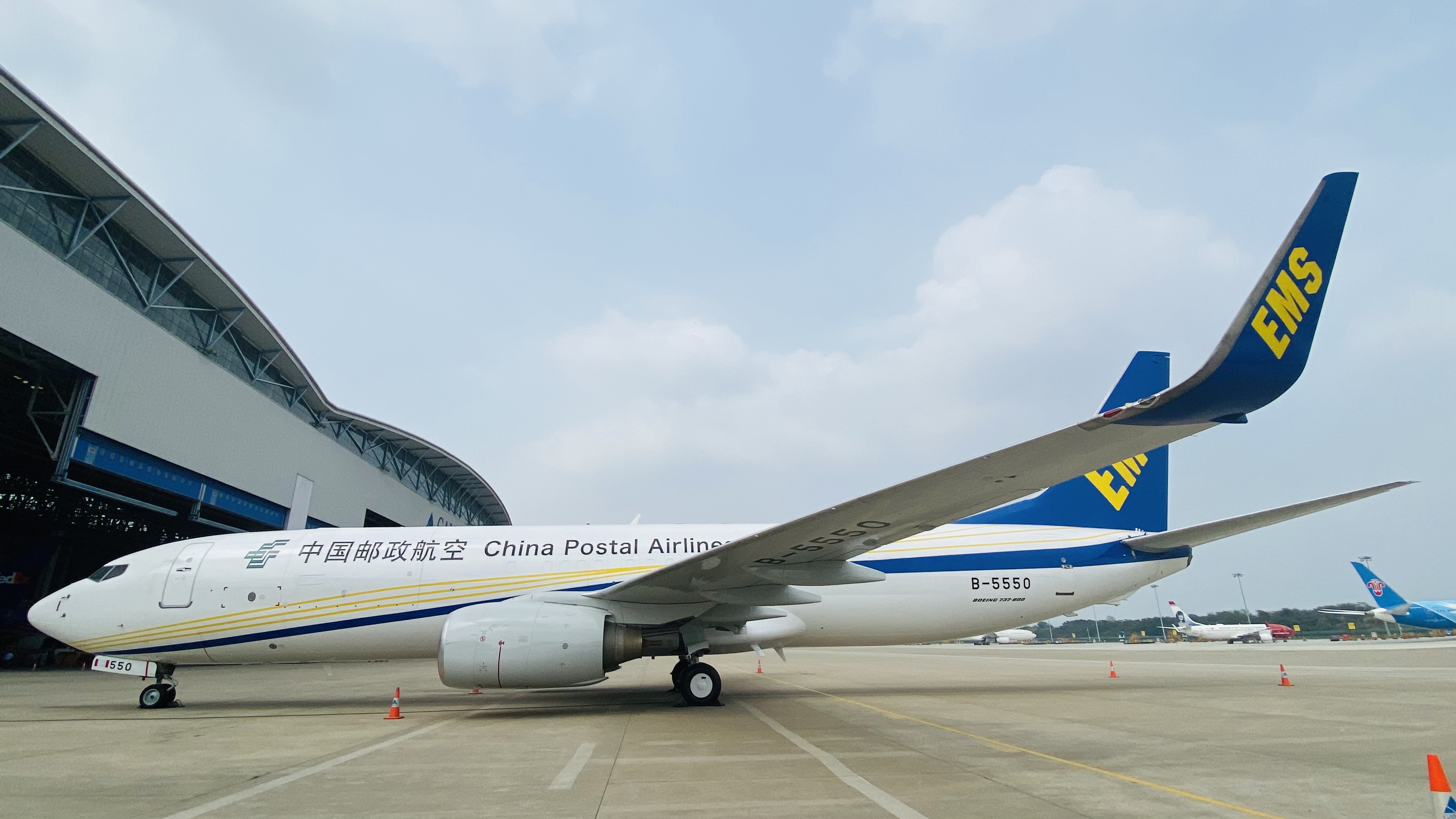Enterprises in TBNA keep eyes on "New Blue Ocean"
稿源:津滨网 编辑:王宁 2019-12-10 16:20
At present, cross-border e-commerce import and export has become a new growth point for China's foreign trade development. Compared with mature cross-border import sectors, cross-border exports are still in their infancy, but they have great market opportunities. At the “Belt and Road” cross-border e-commerce product development and resource docking summit forum held yesterday, experts and scholars at the meeting conducted in-depth discussions on the current opportunities and challenges for cross-border e-commerce in Tianjin Binhai New Area (TBNA for short) to “go overseas”. More and more enterprises in TBNA hope to seize the dividend period and treat cross-border exports as an important direction for the transformation and upgrading of traditional foreign trade and an important path for the internationalization of domestic brands.
Unlimited export opportunities for cross-border e-commerce
"In recent years, led by innate location, sea and air ports and policy advantages, leading cross-border e-commerce leaders such as NetEase Koala and JD Global Purchase have gathered to lay out in TBNA, accelerating the development of cross-border e-commerce here,” said Zhao Feng, deputy inspector of CCPIT. However, compared with the lively and cross-border e-commerce imports, the export sector is more “silent”. In fact, the export sector also contains huge opportunities. For example, in the past, small and medium-sized sellers wanted to export their goods to the United States, which needed to be sold to local traders and then sold to consumers. The cycle was long and the quantity of single batches was large. And through the cross-border e-commerce export model, it can be sold directly to overseas consumers, with more export sales options.
The Overseas Market Research White Paper 2019 shows that the potential of the cross-border e-commerce market is huge. Tmall Overseas is using Tmall as the main engine. Based on Alibaba's core e-commerce sector, the Tmall ecological model is gradually replicated to the world in each market, and it has served more than 100,000 brand merchants and tens of millions of overseas Chinese consumers. Xiaomi's sweeping robots, Beye gas fryers, DJI Mavic drones, Cobos sweeping robots, Gree inverter air conditioners, etc. are all favored by overseas markets. China's cross-border e-commerce business is developing at high speed.
"At present, China's cross-border e-commerce export market is focused on the south, represented by Jiangsu, Zhejiang and Guangshen. Driven by factors such as market size and strategic layout, some large companies and platforms are beginning to move north. This also provided market opportunities for local export enterprise from TBNA. "Sun Chunhua, president of the Tianjin Binhai New Area Cross-border E-commerce Association, said that the Beijing-Tianjin-Hebei region, as a traditional foreign trade processing and trading base, covers furniture, bicycles, home furnishings, clothing, outdoor and musical instruments. The products are unified with international market standards, and the cross-border e-commerce export market has a bright future.
The industrial chain is yet to be developed.
"According to statistics, there are currently 2,000 or 3,000 merchants operating in Tianjin's overseas Amazon stores and more than 3,000 merchants operating on eBay. However, compared with the regions where southern cross-border e-commerce export is mature, the number of employees is still small. They are scattered and miscellaneous, and the lack of platform service providers such as large-scale logistics and finance also directly leads to the imperfect cross-border export industry chain," Sun Chunhua said.
Sun Chunhua introduced to reporters that logistics costs are an important part of cross-border export costs. Statistics show that in the relatively mature cross-border e-commerce export areas such as Jiangsu, Zhejiang, Guangdong and Shenzhen, the logistics costs incurred from domestic to overseas consumers account for 30% of the total costs. At present, in the northern market represented by Tianjin, logistics costs account for 55%. Therefore, the Beijing-Tianjin-Hebei region urgently needs to further develop cross-border export products, actively connect with cross-border e-commerce platforms, strengthen cooperation among all parties, and improve the cross-border export industry chain.
"Holding a group to go to sea" can promote development of the industry.
"We are a company engaged in the production of pet products. In the past, it was mainly sold in the form of B2B. In the past two years, we have been doing cross-border e-commerce exports, that is, overseas B2C business. Of the 10 million US dollars of export trade, about 30% are in the cross-border e-commerce sector. " said Luo Yuhui, general manager of Tianjin Lepai Technology Co., Ltd.
He also introduced to reporters that compared with Guangdong, Shenzhen, Jiangsu, Zhejiang, and Shanghai markets, Tianjin has fewer related supporting service providers for cross-border e-commerce exports. At present, this business is mostly completed through the Shenzhen branch. "We hope that more professional service providers can enter the northern market in the future, thereby reducing the cost of logistics and other aspects of the enterprise," he said.
"The Beijing-Tianjin-Hebei region is a traditional trade processing base. We also hope that more northern manufacturers will participate in the cross-border e-commerce export sector in the future. This will provide new channels for corporate exports. More and more manufacturers will directly reduce the export cost of each enterprise," said Chen Gang, special assistant to the global sales president of New Egg Information Technology (China) Co., Ltd.
It is claimed that in the future, the relevant departments of TBNA will further promote the development of the cross-border e-commerce export sector. "For example, in the future, we will further strengthen the training of local foreign trade enterprises in Tianjin in the field of cross-border e-commerce exports, so that more production companies with export needs can participate. The presence of large service providers reduces the export costs of enterprises, “said Sun Chunhua.







